Turmeric is one of the many Indian spices that have been a part of various traditional cuisines over centuries. Ayurveda has regarded Haldi or Turmeric as one of the most beneficial roots in nature.Turmeric is originally a ginger-like rhizome and is widely used in Indian households not just to give that beautiful, golden colour to food but also to increase the nutrient and medicinal value of what we eat. It is rich in antioxidants and curcumin that increase the body’s immunity and kick out the disease, along with various other advantages like improving brain and heart function and possible treatment for cancer-causing cells.
Turmeric
Turmeric is one of the many Indian spices that have been a part of various traditional cuisines over centuries. Ayurveda has regarded Haldi or Turmeric as one of the most beneficial roots in nature.Turmeric is originally a ginger-like rhizome and is widely used in Indian households not just to give that beautiful, golden colour to food but also to increase the nutrient and medicinal value of what we eat. It is rich in antioxidants and curcumin that increase the body’s immunity and kick out the disease, along with various other advantages like improving brain and heart function and possible treatment for cancer-causing cells.
Category: Spices
Related products
Black mustard
Mustard seeds are the small round seeds of various mustard plants. The seeds are usually about 1 to 2 millimetres (0.039 to 0.079 in) in diameter and may be colored from yellowish white to black. Mustard is a multi-faceted botanical with several different varieties. Three variants out of these varieties – namely white mustard (Brassica alba,) black mustard (Brassica nigra), and brown mustard (Brassica juncea), have gained more popularity over others, and are commercially grown and used for their young flower stalks, leaves, and seeds. The seed and oil from the seed are used to make medicine.Black mustard oil is used for the common cold, painful joints and muscles (rheumatism), and arthritis. Black mustard seed is used for causing vomiting, relieving water retention (edema) by increasing urine production, and increasing appetite.
Nutmeg
Nutmeg (Myristica fragrans Houtt.) is a spice seed that belongs to the family Myristicaceae. Nutmeg is the shelled, dried seed of the plant Myristica fragrans, and mace is the dried net-like covering of the shell of the seed. Nutmeg and its close relative, mace, have been used extensively in folk medicine for a wide range of ailments, including digestive disorders, rheumatism, cholera, and flatulence.
Dry ginger
It’s among the healthiest (and most delicious) spices on the planet. It belongs to the Zingiberaceae family, and it’s closely related to turmeric, cardamom, and galangal. The rhizome (underground part of the stem) is the part commonly used as a spice. It’s often called ginger root or, simply, ginger. Ginger can be used fresh, dried, powdered, or as an oil or juice. It’s a very common ingredient in recipes. It’s sometimes added to processed foods and cosmetics. "SAUNTH" is dry ginger powder that is usually consumed in form of kadha or churan.
Asafoetida
Asafoetida (Ferula asafoetida) is the dried sap or gum resin obtained from the roots of Ferula plants. It’s commonly dried, ground into a coarse, yellow powder, and used for either culinary or medicinal purposes. Asafoetida is commonly used in Indian cuisine, where it’s referred to as "HING". In Ayurvedic medicine, hing is used to aid digestion and gas, as well as treat bronchitis and kidney stones.
Cumin Seed
Cumin is a spice made from the seeds of the Cuminum cyminum plant. Cumin lends its distinctive flavor to chili, tamales and various Indian curries. Its flavor has been described as earthy, nutty, spicy and warm. What’s more, cumin has long been used in traditional medicine. some of the health benefits cumin is traditionally known for, including promoting digestion, reducing food-borne infections, promoting weight loss and improving blood sugar control and cholesterol.
Red chilli
Chili peppers are widely used in many cuisines as a spice to add pungent 'heat' to dishes.Dried red pepper may be used whole or powdered. India is the largest producer of red chillies. As the name suggests it is red in color and can be consumed as it is or can be broken down and made into a powder. It is really spicy and the intense heat is concentrated in the seeds. Fresh red chillies are milder.
Basil seeds
Basil seeds aren’t just for growing basil plants — you can also eat them.They look similar to sesame seeds but are black. The type that you eat typically comes from sweet basil, Ocimum basilicum, which is the plant commonly used to season foods. For this reason, the seeds are typically referred to as sweet basil seeds. They also go by many other names, including sabja and tukmaria seeds.helping with weight management, and helping prevent diseases such as cardiovascular disease and certain cancers. Although promising, current research is scarce and in its early stages.
Black pepper
Black pepper is one of the most commonly used spices worldwide.It’s made by grinding peppercorns, which are dried berries from the vine Piper nigrum. It has a sharp and mildly spicy flavor that goes well with many dishes. But black pepper is more than just a kitchen staple. It has been deemed the “king of spices”and used in ancient Ayurvedic medicine for thousands of years

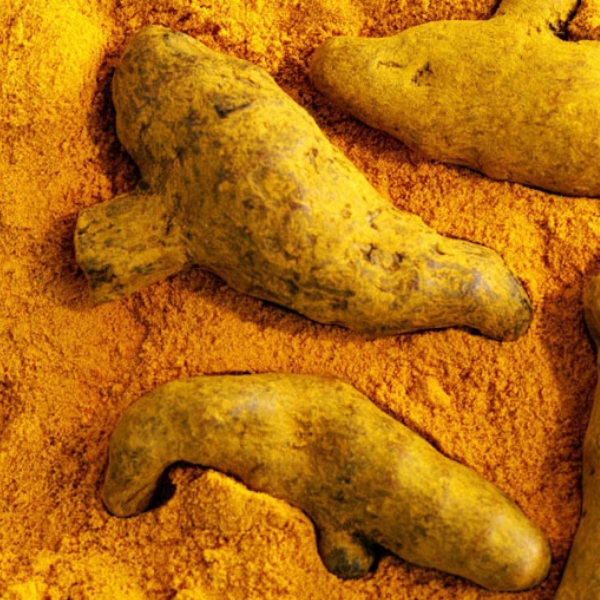
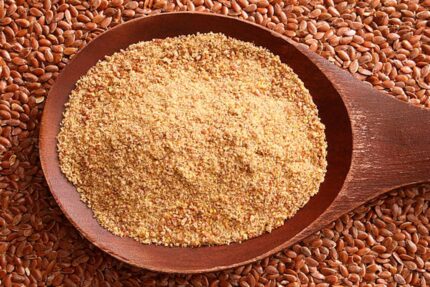
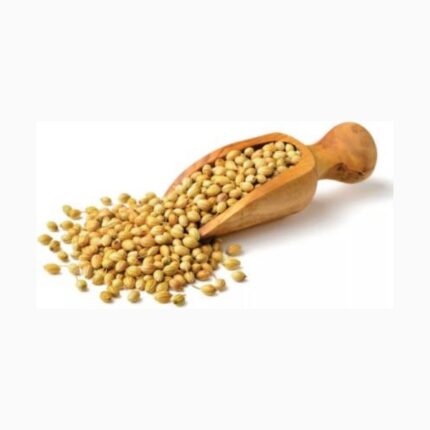
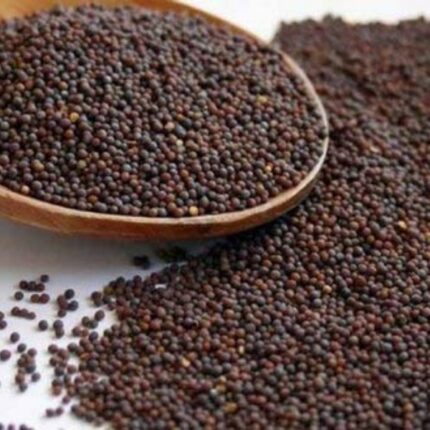
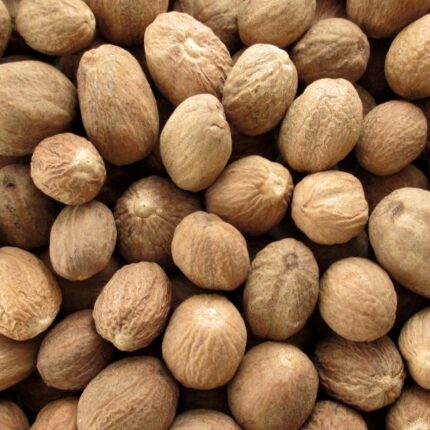
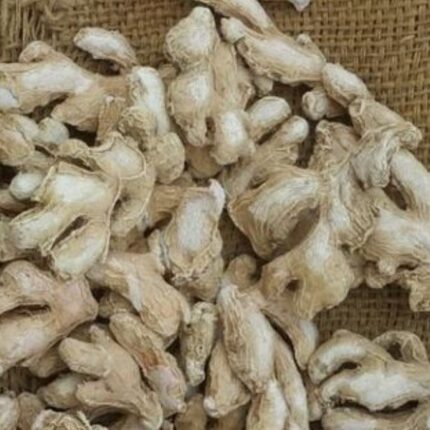
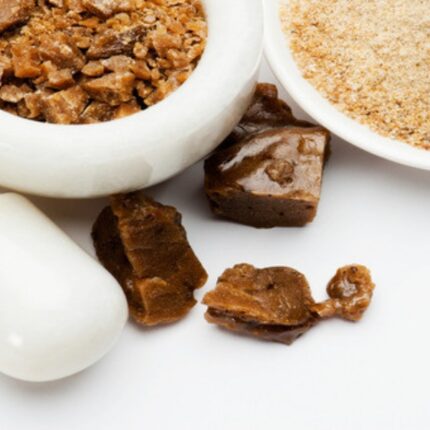
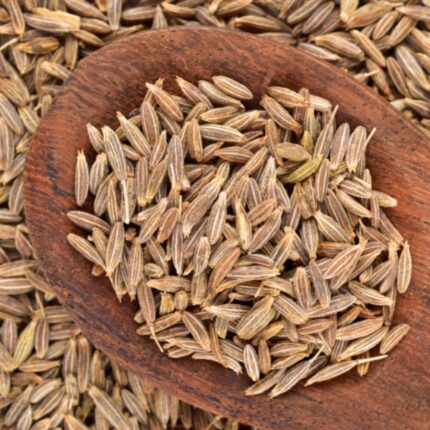
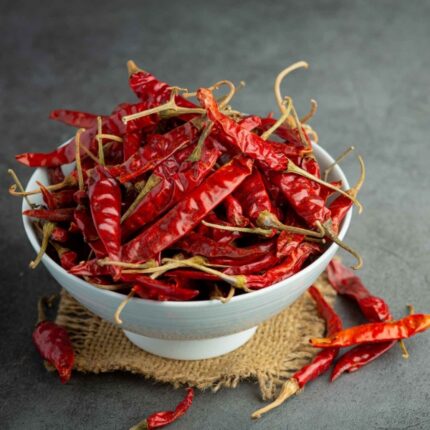
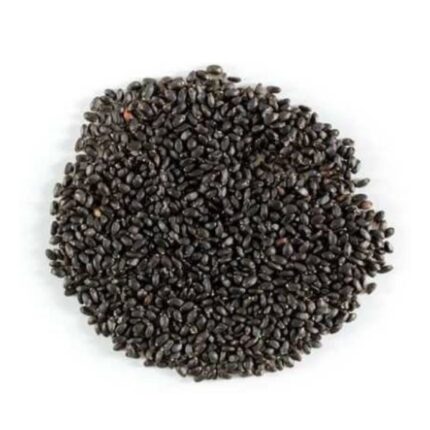
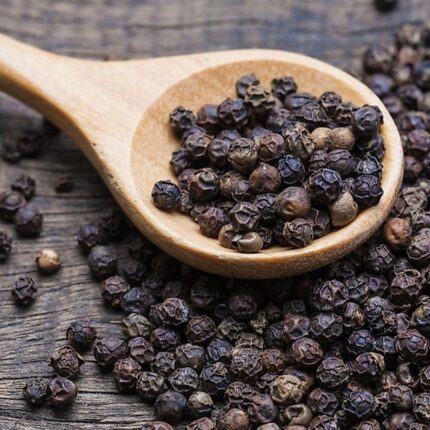
Reviews
There are no reviews yet.